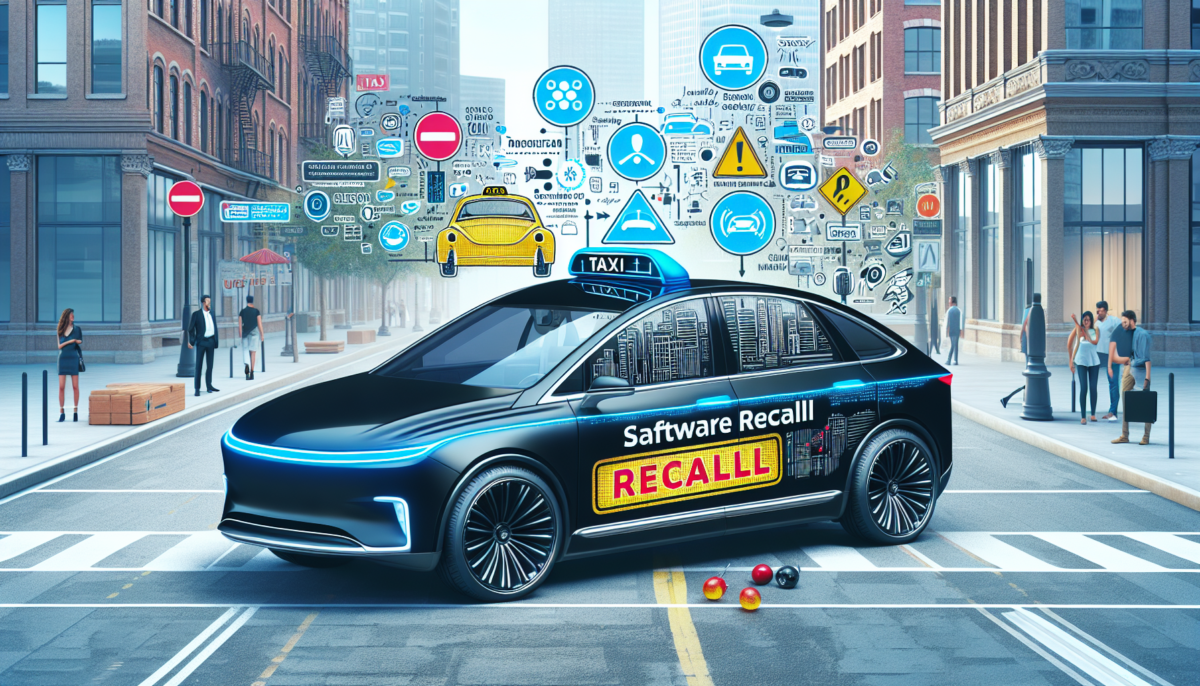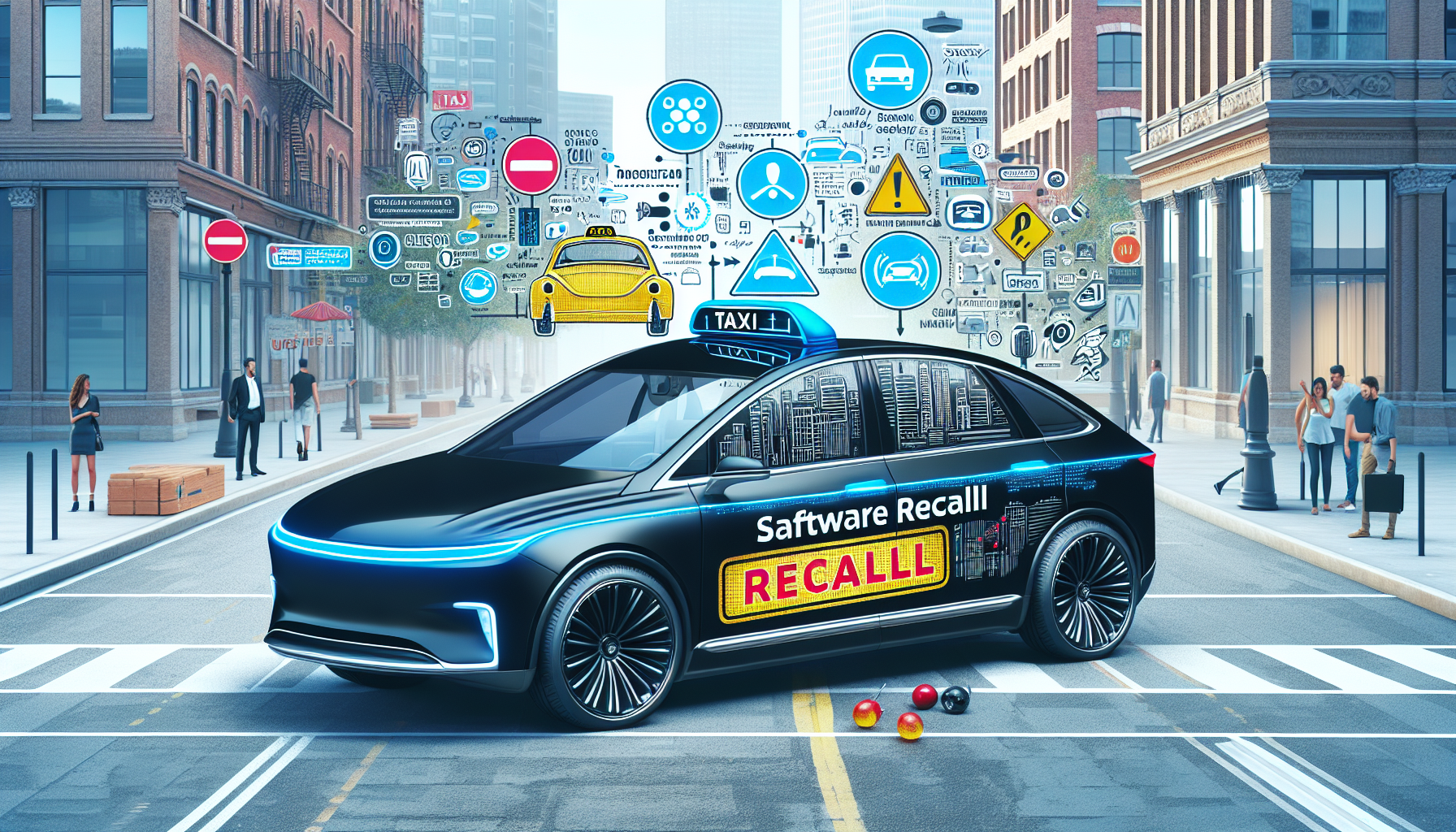Zoox, Amazon’s Robotaxi Division, Announces Software Recall Due to Safety Issues
We independently review everything we recommend. When you buy through our links, we may earn a commission which is paid directly to our Australia-based writers, editors, and support staff. Thank you for your support!

Fast Overview
- Amazon’s self-driving division Zoox has recalled 270 of its robotaxis following a crash incident in Las Vegas.
- The collision involved a vacant Zoox vehicle and a passenger car; fortunately, no injuries occurred.
- Zoox’s system inaccurately predicted the actions of another vehicle coming from a side driveway.
- A software update has been released to address the problem, which took place at speeds exceeding 64 km/h.
- The U.S. safety authority NHTSA has closed one investigation but is still probing another related to Zoox’s vehicle approval process.
Software Recall Underlines Ongoing Issues in Autonomous Driving
Amazon’s autonomous driving arm, Zoox, has voluntarily recalled 270 self-driving vehicles after a minor but significant incident in Las Vegas. The occurrence, which happened on 8 April 2024, involved a vacant Zoox robotaxi and a regular passenger car. While no injuries were reported, the event has reignited worries about the safety and dependability of autonomous technology.

An Insight into the Collision
Zoox stated that their automated driving technology wrongly anticipated that a car coming from a side driveway would carry on straight. In reality, the vehicle stopped suddenly and yielded, positioning itself on the road’s shoulder. The Zoox robotaxi, expecting it to move, slowed down and turned right—but ultimately did not prevent the crash despite harsh braking.
Zoox found that this issue arises when their vehicles are traveling over 64 km/h while another vehicle slowly merges from a side driveway. This highlighted a flaw in the system’s predictive modeling, prompting the company to suspend operations temporarily and issue a software patch to resolve the defect.
Regulatory Examination and Safety Regulation
The recall comes after a previous investigation by the U.S. National Highway Traffic Safety Administration (NHTSA), which commenced an inquiry into Zoox vehicles in May 2024 after two motorcyclists sustained injuries from unrelated rear-end collisions. These events were linked to unexpected stops from the autonomous vehicles.
Even though NHTSA concluded that particular investigation after Zoox released a software fix, a separate and ongoing inquiry persists regarding the validity of Zoox’s self-certification process for a robotaxi design that lacks conventional driving controls, such as a steering wheel and pedals—a pioneering vehicle framework that prompts regulatory considerations.
Implications for Australia’s Autonomous Future
Although Zoox currently operates only in the U.S., the ramifications of autonomous vehicle technology are felt internationally, including in Australia. As cities like Sydney, Melbourne, and Brisbane pursue smart city explorations and enhanced transport systems, safety events abroad provide vital lessons.
Australia’s National Transport Commission (NTC) has started formulating policy blueprints for the rollout of autonomous vehicles, with frameworks on safety and liability in active creation. Incidents like the one involving Zoox will likely shape these regulations, especially as firms aim to trial AVs on Australian roads in the foreseeable future.
Amazon’s Long-Term Vision for Robotaxis
Amazon purchased Zoox in 2020 for more than US$1.2 billion, making a significant investment in the potential of fully autonomous ride-hailing services. The objective is to create specifically designed vehicles that can operate safely without drivers, ultimately alleviating traffic congestion and reducing emissions in urban places.
Despite the hurdles, Zoox remains dedicated to its goal, affirming that safety is the primary focus of the company. The latest recall, although a setback, also indicates the firm’s readiness to tackle issues proactively—an essential trait in the swiftly changing autonomous mobility landscape.
Conclusion
Zoox, Amazon’s self-driving vehicle sector, has initiated a recall of 270 robotaxis following an incident in Las Vegas caused by a flaw in the vehicle’s predictive software. While the collision did not result in injuries, the case has intensified regulatory scrutiny and revealed persistent issues in AV safety. A software update has been implemented to address the flaw, and inquiries into Zoox’s certification methods remain ongoing. This event serves as a significant reference point for Australia’s own autonomous vehicle preparedness efforts.
Q: What prompted Zoox to issue a vehicle recall?
A:
The recall was initiated after a Zoox robotaxi was involved in a crash due to a software defect that miscalculated the movement of another vehicle coming from a side driveway. This flaw complicated the vehicle’s ability to steer clear of potential collisions in specific circumstances.
Q: Were there any injuries reported in this incident?
A:
No injuries were confirmed. The robotaxi was unoccupied at the time of the crash.
Q: How is Zoox handling the situation?
A:
Zoox has temporarily halted its operations and has rolled out a software update aimed at correcting the predictive errors in its automated driving system.
Q: What role does NHTSA play in this context?
A:
The U.S. National Highway Traffic Safety Administration investigates vehicle safety concerns. It had opened inquiries into Zoox vehicles due to braking issues and certification matters. One investigation has since been closed after the release of a software update, but another is still ongoing.
Q: Will this impact autonomous vehicle deployment in Australia?
A:
Yes. While Zoox does not currently operate in Australia, global incidents have implications for local policies and safety standards. Australia’s National Transport Commission is closely observing international trends as it develops regulations for autonomous vehicles.
Q: What distinguishes Zoox’s robotaxis?
A:
Zoox is creating specially designed, bidirectional robotaxis that do not include conventional driving features like steering wheels or pedals. These vehicles are engineered for complete autonomy from the very beginning.
Q: What’s next for Zoox and other AV enterprises?
A:
Companies such as Zoox will persist in refining their technologies and collaborating with regulators to ensure safe implementation. The journey to wholly autonomous vehicles involves overcoming technological challenges and building public confidence.
